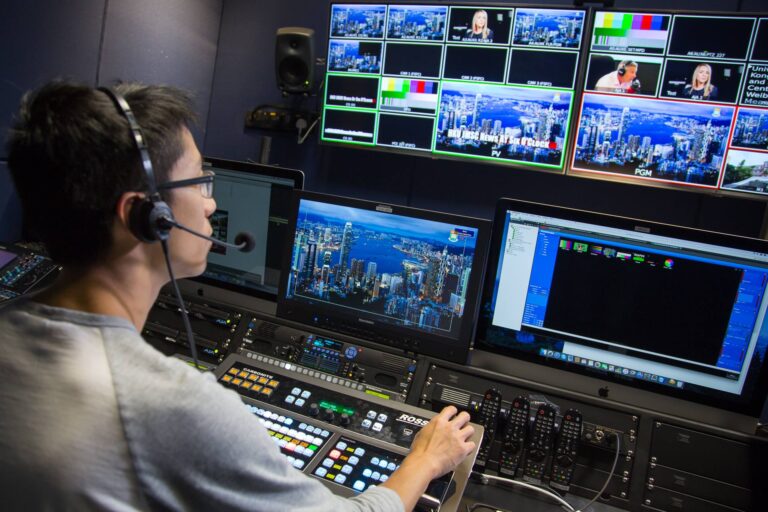苹果公司近日获得了一项可用于智能眼镜、空间计算机等设备的“分层姿势感知”系统。该系统可以根据用户的使用姿势进行调整,以减少长时间佩戴设备对用户身体的负面影响。
根据专利中提及的一个实施方案,该系统包括非易失性计算机可读存储介质、一个或多个处理器,其中计算系统与显示设备(如 HMD 或智能眼镜)和一个或多个输入设备通信耦合。该方法包括:在通过显示设备呈现三维(3D)环境时,获取与计算系统相关联的用户的头部姿势信息;根据头部姿势信息确定用户的累积应变值;以及根据用户的累积应变值超过第一姿势感知阈值的确定结果。根据与用户相关联的高度值和与三维环境相关联的深度值确定虚拟内容的位置;以及在继续通过显示设备呈现三维环境的同时,通过显示设备在确定的位置呈现虚拟内容。
据悉,分层姿势感知系统可与智能眼镜或 HMD 进行通信,这样当用户抬头时,设备屏幕上就会相应地显示出内容。其次,如果用户的姿势可能会影响其健康,智能眼镜或 HMD 系统可与用户进行交流。另一个例子是,随着累积颈部应变的增加,会调整空间音频效果,从而调整用户使用姿势。
这一发明将有助于改善长期佩戴智能眼镜和头显用户的使用体验,并减少因不良使用姿势导致的身体不适。
英语如下:
Title: Apple Obtains Patent for “Layered Posture Sensing” for Smart Glasses, Which can Adapt to User’s Posture
Keywords: Apple patent, layered posture sensing, smart glasses
News Content: Apple has recently obtained a patent for a “layered posture sensing” system that can be used in devices such as smart glasses and spatial computers. The system can adjust according to the user’s posture to reduce the negative impact of wearing the device for a long time on the user’s body.
According to one embodiment mentioned in the patent, the system includes non-volatile computer readable storage media, one or more processors, wherein the computing system is communicating with the display device (such as an HMD or smart glasses) and one or more input devices. The method includes: obtaining the user’s head posture information associated with the computing system when presenting a three-dimensional (3D) environment through the display device; determining the user’s cumulative strain value based on the head posture information; and determining a result based on whether the user’s cumulative strain value exceeds a first posture sensing threshold. Determining a position of the virtual content based on the height value associated with the user and the depth value associated with the three-dimensional environment; and presenting the virtual content at the determined position through the display device while continuing to present the three-dimensional environment.
It is reported that the layered posture sensing system can be communicated with smart glasses or HMDs, so that when the user looks up, the contents will be displayed accordingly on the device screen. Additionally, if the user’s posture may affect their health, the smart glasses or HMD system can communicate with the user. Another example is that as the cumulative neck strain increases, the spatial audio effect can be adjusted to adjust the user’s posture of use.
This invention will help improve the usage experience of long-term users of smart glasses and head-mounted displays (HMDs), and reduce physical discomfort caused by poor posture.
【来源】https://www.ithome.com/0/747/383.htm
Views: 1
